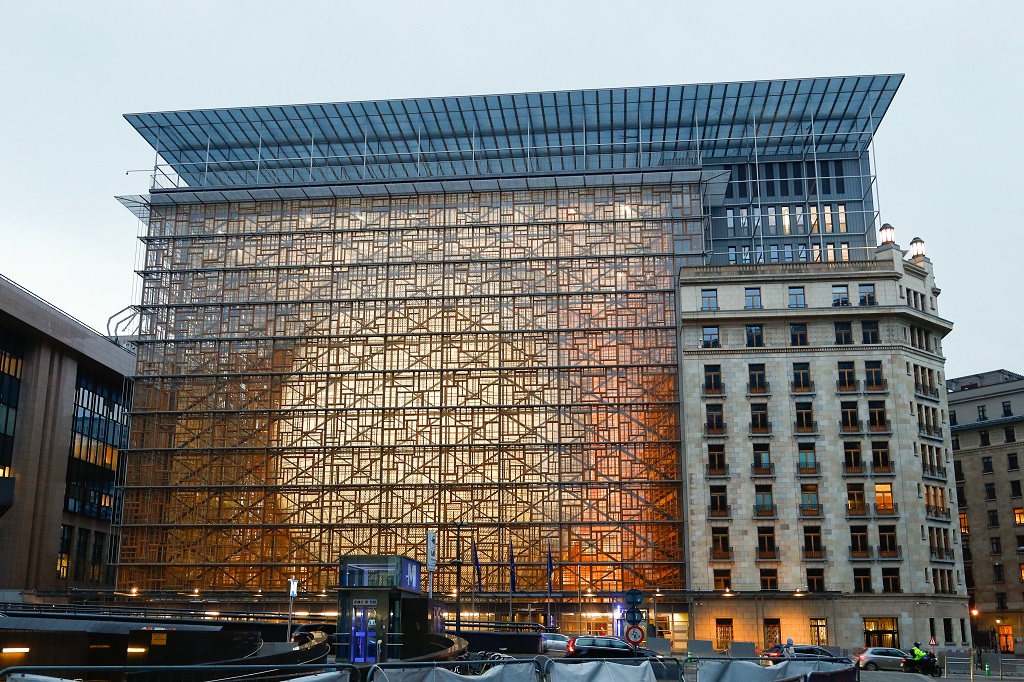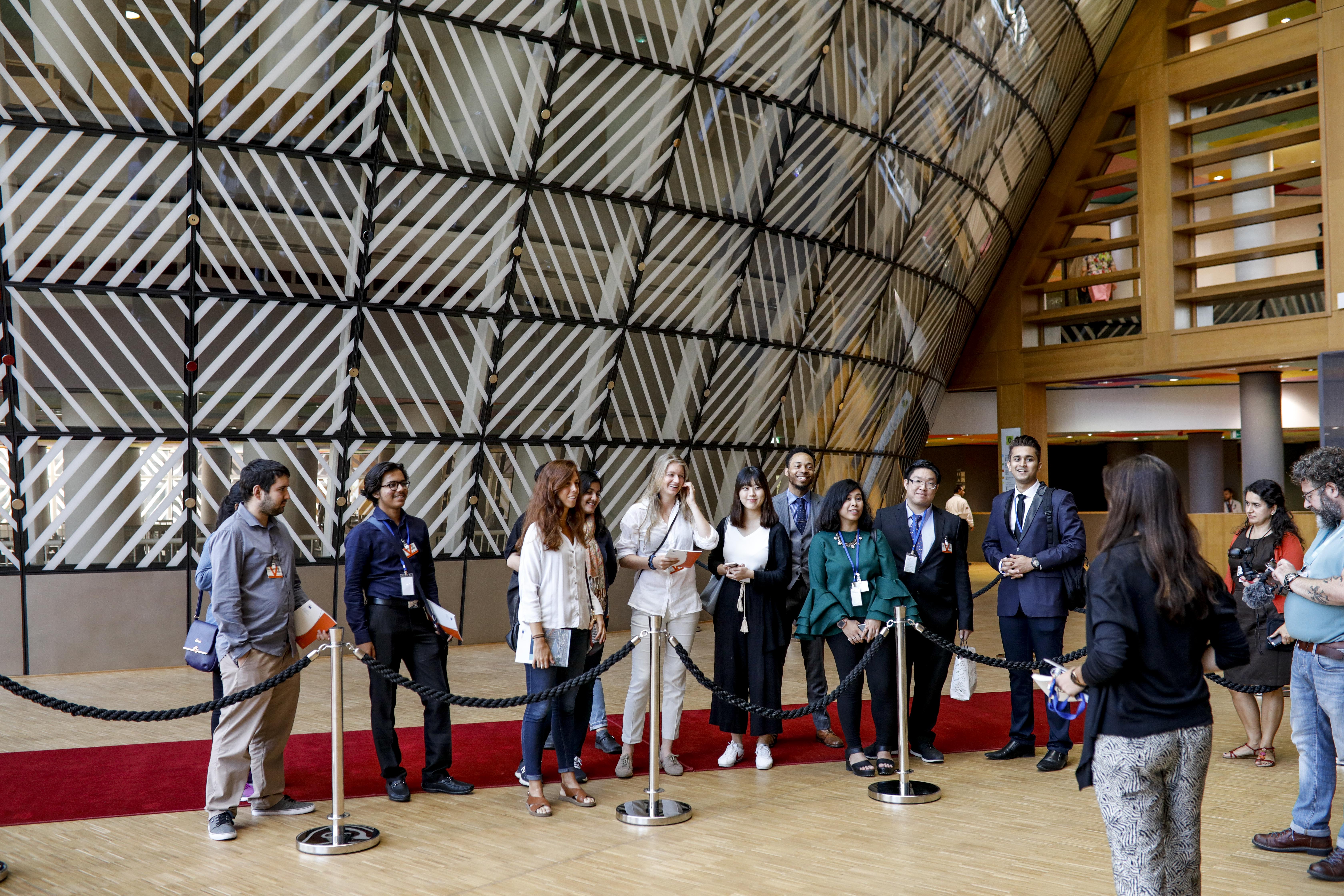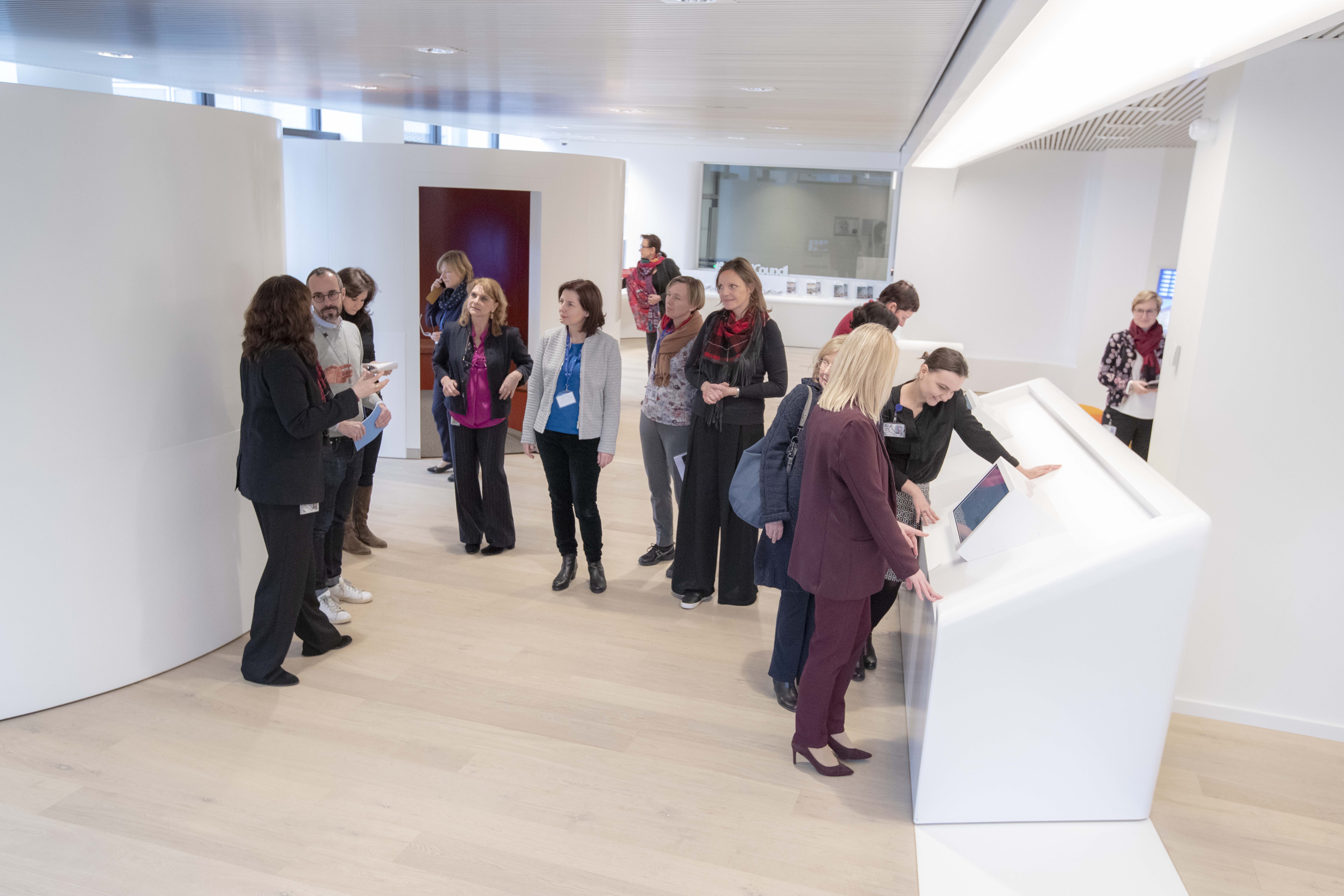This is where EU decisions are made. Anyone can discover it in person in Brussels.

Two important dates: Hungary joined the European Union exactly twenty years ago, and from 1 July 2024 Hungary holds the rotating presidency of the Council of the European Union for the next six months. For this reason alone, it is worth a visit to Brussels, where you can see for yourself the buildings where the European Council and the Council of the EU meet to take decisions that will impact the EU’s future.
One of the EU’s main institutions is the Council of the European Union which, together with the European Parliament, makes laws for the European Union (EU). The Council of the European Union (more commonly known as the Council) is made up of national ministers from each EU Member State, and should not be confused with the European Council, which is made up of the 27 heads of state or government. The different roles of the two organisations are reflected in the fact that, while the European Council sets the EU’s overall policy direction and priorities, it does not adopt EU laws. The Council of the EU, on the other hand, negotiates and adopts legislation – usually together with the European Parliament. What they have in common is that both the European Council and the Council represent the voice of EU governments in the Union.

Hungary joined the European Union 20 years ago, in 2004. What is particularly relevant for us Hungarians right now is that the presidency of the Council of the EU rotates every six months, with Hungary taking over between July and December 2024. Our country will be followed by Poland in the first half of 2025 and Denmark in the second half. In a Europe striving for diversity, this is important because each presidency brings a different approach, shaping the agenda and guiding the discussions that will drive European progress.
And while the European Council and the Council of the European Union are two separate institutions, they are both based in the same buildings in the heart of Brussels The Council welcomes all those interested in learning about the day-to-day work of these key institutions of the European Union.

Building Europe: past, future, sustainability
Home to the European Council and the Council of the European Union, the Europa Building is the jewel in the crown of the European Quarter in the exceptionally beautiful Belgian capital, Brussels. Located on the Rue de la Loi/Wetstraat, the building’s distinctive feature is the multi-storey ‘lantern’ structure housing the main meeting rooms, the shape of which is used in the official emblems of both the European Council and the Council of the EU.
The Europa building has retained the historical Residence Palace block A, and built onto it. It is also unique in that its exterior combines the original 1920s listed Art Deco façade with a contemporary design by architect Philippe Samyn. This ultra-modern building, which links the past with the future, symbolises the EU’s commitment to sustainability: its 3 750 windows are framed with recycled wood from EU Member States, 600 solar panels provide power, and there is a system for harvesting rainwater.

The House of Member States is for everyone
Anyone planning a visit to the Europa Building, popularly known as the ‘house of the member states’, will not be disappointed by the architecturally unique interior. Even more so because it’s the place where EU countries work together and decide on EU policies. That’s why a visit is a great way to get a glimpse into the world of the Council, discovering the place where EU leaders meet.
Anyone can visit the European Council and the Council of the EU. Just be aware that while entry is free, you need to register in advance. Most visits can be booked between 9:00 and 11:00 and 13:30 and 16:00 on weekdays. Visitors can also visit the Visitor Centre and the Council’s public areas without a guide, enjoying an exciting multimedia experience. Groups of at least 20 people can also request a tailor-made information session.
You can register for one of the weekly guided tours of the Council’s Justus Lipsius and Europa buildings, which start at 8:00 every Friday. Tour participants can witness the inner workings of the Council while admiring the iconic lantern-shaped structure of the Europa building. Tours last approximately one hour and are conducted in French and English.

The Council is open from Monday to Friday from 10.00 to 16.00 (10:00 to 13:00 in August). The Visitors’ Centre is closed on certain Belgian public holidays and on days when EU institutions are closed.
Useful information for your visit
Pre-register to plan your visit:
- Visitors’ Centre and weekly guided tours: register at least seven working days in advance
- Information session: register at least 20 working days before your visit
For more details and to book your visit, click here. To find out more about the European Council and the Council of the EU, click here.
Next time you’re in Brussels, don’t miss your chance to see the place where EU leaders meet to take decisions that shape our common future. The European Council and the Council of the EU welcome you to discover the heart of Europe!
Supported by: 